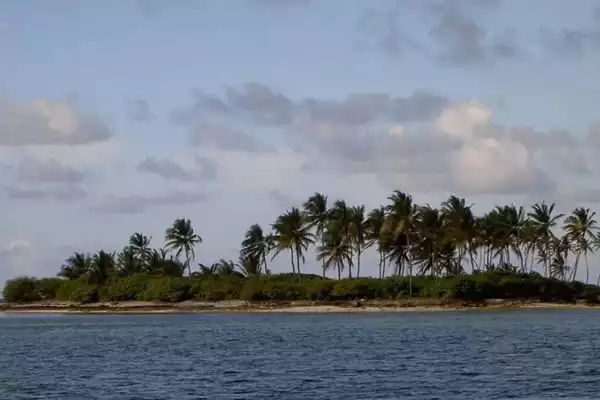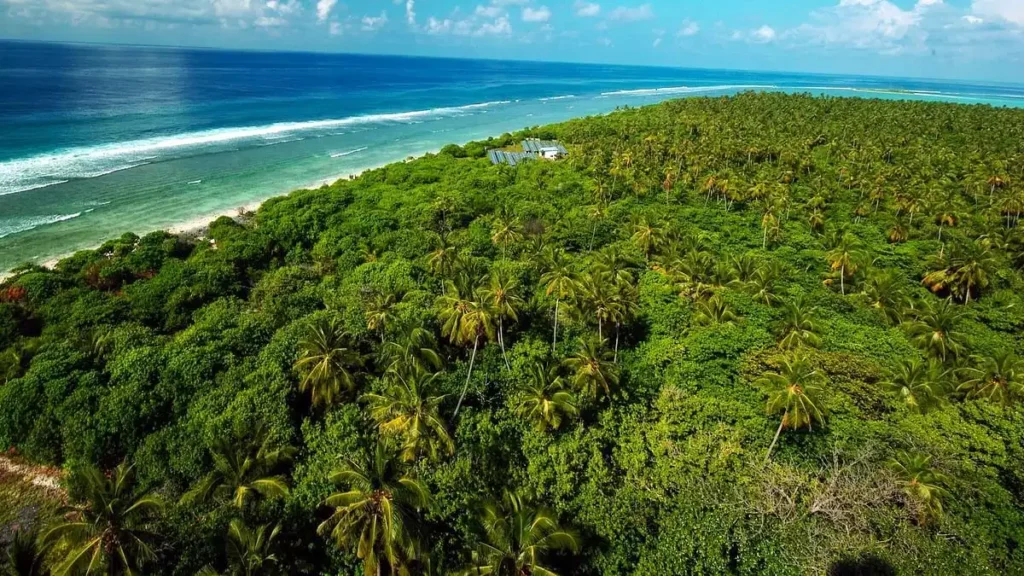Pandaram land constitutes approximately 60% of the land in Lakshadweep, covering parts of Androth, Kalpeni, Kavaratti, Minicoy, and Agatti islands, as well as six uninhabited islands.
What is Pandaram Land?
- Pandaram land constitutes approximately 60% of the land in Lakshadweep, covering parts of Androth, Kalpeni, Kavaratti, Minicoy, and Agatti islands, as well as six uninhabited islands.
- The concept dates back to the rule of the Arakkals in the mid-1500s, and an agreement between Arakkal Aisha and islanders granted them rights to cultivable land.
Historical Transition of Ownership:
- During British rule, the policy regarding pandaram land was retained.
- After independence, the land temporarily came under the possession of the Indian government.
- In 1965, revenue and tenancy regulations were introduced, defining pandaram land as having administration proprietorship immediately before the legislation, signifying the end of government ownership.
Ownership and Compensation:
- Individuals who signed agreements during Arakkal Aisha’s time or the British era, and those whose names appeared in the 1965 land registry, own pandaram land.
- Compensation was provided by the government when acquiring land for development projects, such as the Agatti airport.
Ownership Application Process:
- To claim ownership, individuals had to apply for conformity of occupancy with the Lakshadweep administration.
- Between 1988 and 2013, applications were invited for occupancy rights, a process in which people actively participated.
Ref: Source
| UPSC IAS Preparation Resources | |
| Current Affairs Analysis | Topperspedia |
| GS Shots | Simply Explained |
| Daily Flash Cards | Daily Quiz |



